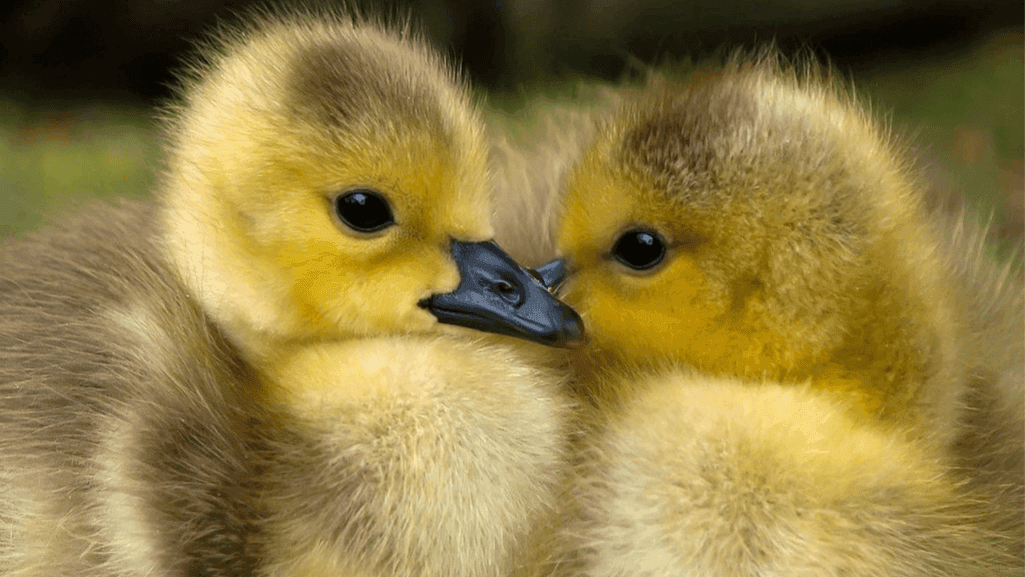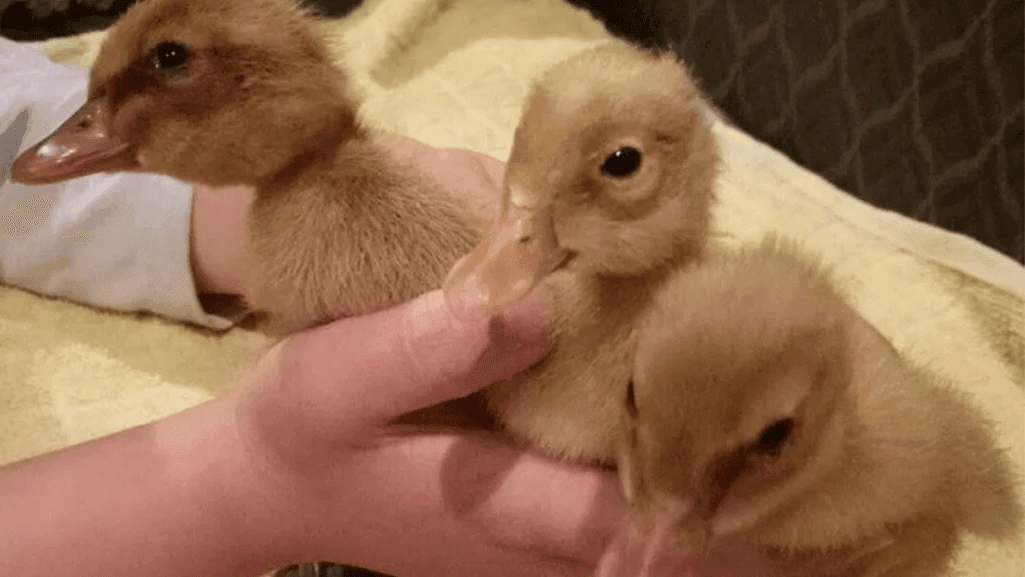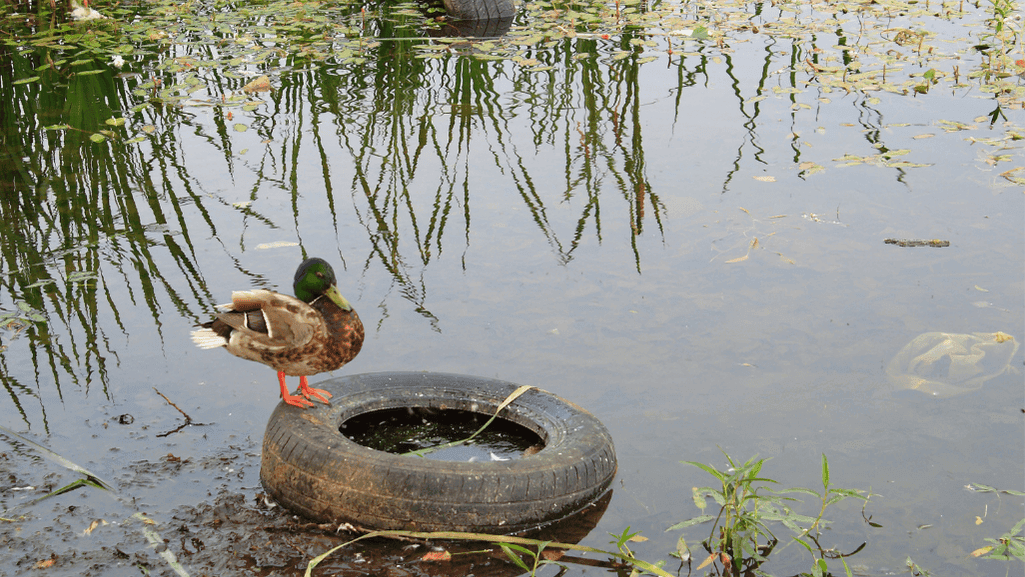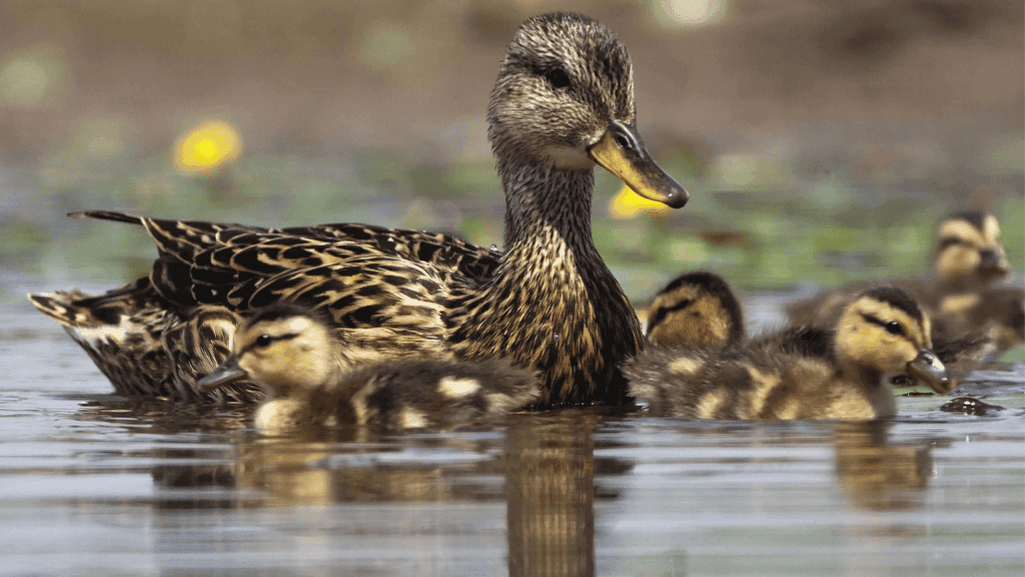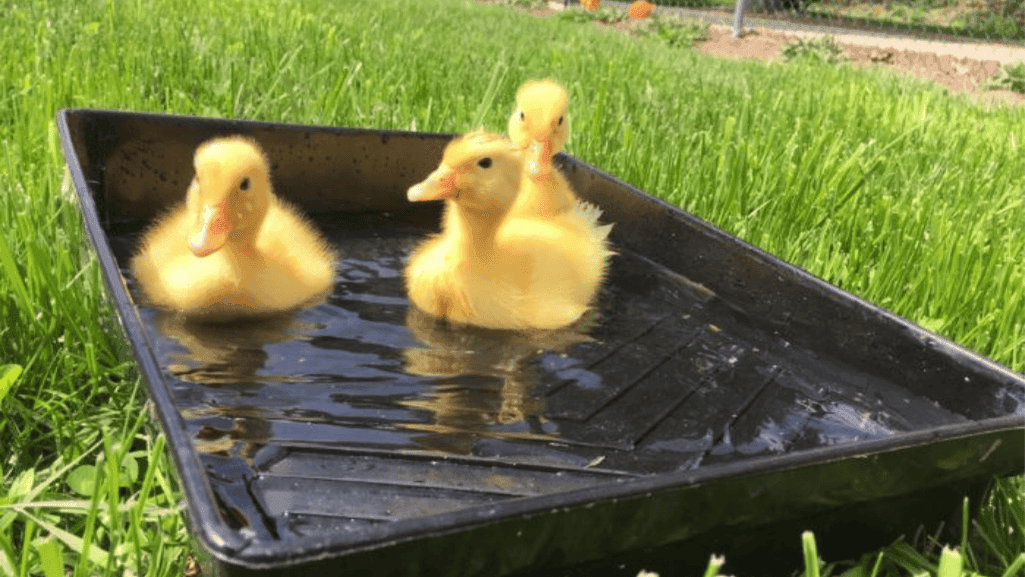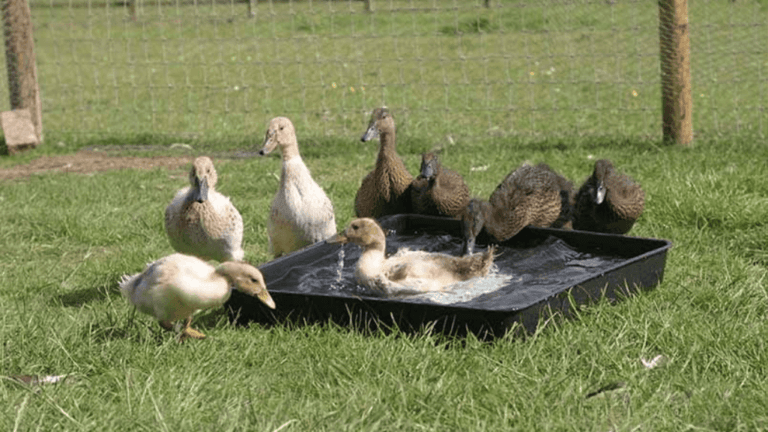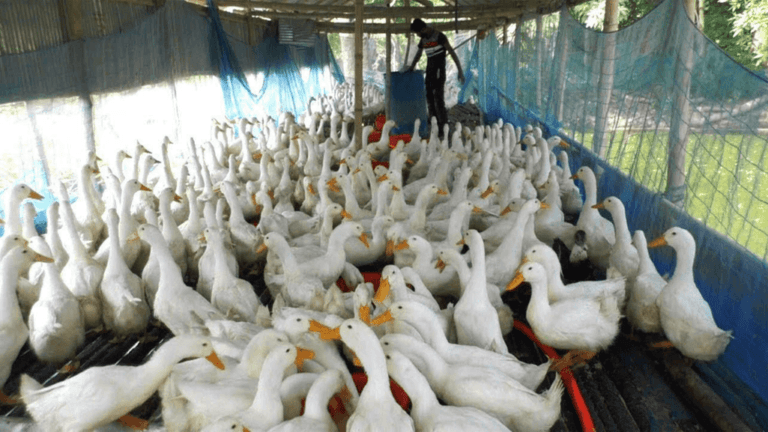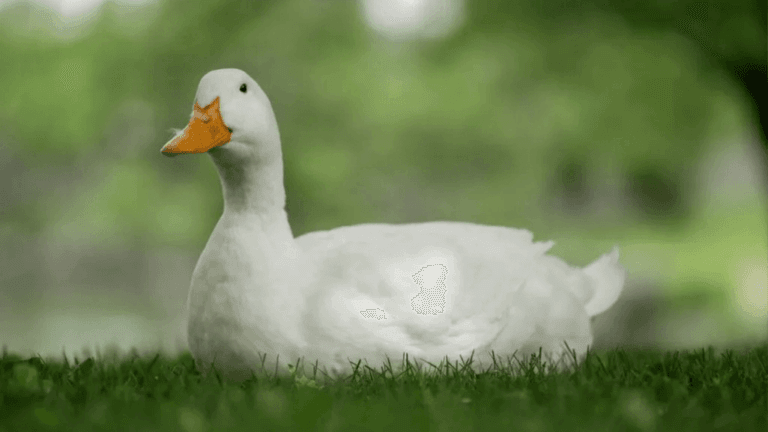Ducks are fascinating How to Take Care of Ducks creatures that bring joy and productivity to both backyard flocks and commercial operations. Understanding their needs is essential for ensuring their health and happiness. This guide provides a comprehensive overview of duck care, covering everything from shelter to nutrition.
Ducks thrive in environments where their basic needs are met. Clean water, appropriate shelter, and a balanced diet are crucial. These elements not only keep them healthy but also enhance their productivity, whether for egg-laying or companionship.
Different systems for duck keeping are used worldwide, each with its own set of practices. Regardless of the method, the focus remains on providing a safe and nurturing environment. This guide will delve into the specifics, offering practical advice for every stage of a duck’s life.
Key Takeaways
- Clean water is essential for duck health and hygiene.
- Proper shelter protects ducks from predators and harsh weather.
- A balanced diet supports growth and egg production.
- Different duck keeping systems require tailored care approaches.
- Meeting basic needs ensures ducks remain healthy and productive.
Understanding Duck Care Basics
Ensuring the well-being of ducks starts with understanding their fundamental needs. Clean water, proper shelter, and protection from threats are the cornerstones of a healthy environment. Meeting these requirements keeps ducks happy and productive.
Essential Requirements for Duck Health
Clean water is a top priority for ducks. They need it for drinking and bathing to maintain their waterproof feathers. Stagnant or contaminated water can lead to health issues, so regular cleaning is essential. Providing a shallow pool or tub ensures they can bathe safely.
A sheltered area is another critical need. Ducks require a dry, safe space to rest and preen. This helps them regulate their body temperature and stay comfortable. A well-designed shelter also protects them from harsh weather conditions.
Protection, Shelter, and Clean Water
Predators pose a significant threat to ducks. Secure fencing and covered enclosures are necessary to keep them safe. Additionally, extreme temperatures can stress ducks, so shelters should offer insulation during cold weather and ventilation in the heat.
Proper storage of feed and water is equally important. Contaminated supplies can lead to illness, so store them in clean, dry containers. Consistent routines for feeding and cleaning help maintain a healthy environment. For more on clean water sources, explore our detailed guide.
How to Take Care of Ducks: Essential Tips for Daily Care
Daily routines play a vital role in keeping ducks healthy and thriving. Consistency in feeding, hygiene, and environmental management ensures they remain active and productive. By addressing their basic needs, you create a nurturing environment that supports their growth and well-being.
Daily Feeding and Nutritional Needs
Providing the right feed is crucial for ducks’ growth and energy. A balanced diet should include high-protein options, especially for young ducklings. Starter food with 18-22% protein is ideal for the first three weeks, transitioning to grower feed afterward.
Regular feeding times help establish a routine. Ducks thrive on consistency, so aim for two to three meals daily. Fresh water should always be available, as it aids digestion and keeps them hydrated.
Maintaining Hygiene and Preventing Disease
Cleanliness is essential to prevent illnesses. Regularly clean their living area, removing waste and replacing bedding. Ducks are prone to diseases like salmonella, so proper hygiene practices are non-negotiable.
Ensure their water source is clean and deep enough for head submersion. Stagnant water can harbor bacteria, leading to health issues. For more tips on raising three-week-old ducklings, explore our detailed guide.
Temperature and Environmental Considerations
Ducks are sensitive to extreme heat and cold. During hot weather, provide shaded areas and cool water to prevent overheating. In colder months, ensure their shelter is insulated and draft-free.
Monitoring ambient temperatures helps maintain their comfort. A well-ventilated space prevents moisture buildup, reducing the risk of respiratory issues. By addressing these factors, you create a safe and healthy environment for your ducks.
Setting Up a Comfortable Environment for Your Ducks
A well-designed environment is key to keeping ducks happy and thriving. Their living space must meet their natural needs, ensuring safety, comfort, and access to essential resources. By focusing on shelter, outdoor safety, and water access, you create a habitat that supports their health and productivity.
Designing Sheltered Areas and Safe Outdoors
Ducks need a secure and comfortable outdoor area that protects them from predators and harsh weather. A duck house or modified coop is ideal, providing insulation in winter and ventilation in summer. Ensure the structure is well-ventilated yet draft-free to maintain a healthy environment.
For outdoor spaces, provide at least 10-20 square feet per duck. Fencing should be 4-6 feet high and buried several inches into the ground to prevent digging predators. Motion-activated lights or alarms can deter nocturnal threats, enhancing security.
Inside the shelter, include nesting boxes sized approximately 14×14 inches. Place them in a quiet, dimly lit area to encourage egg-laying. Clean, dry bedding is essential to prevent moisture buildup, which can lead to health issues.
The Role of Water Access in Duck Wellness
Water is a cornerstone of duck wellness. Ducks need constant access to clean, fresh drinking water. Waterers should be deep enough for them to submerge their bills, aiding digestion and hygiene. Swimming water should be changed frequently to prevent bacterial growth.
For young ducklings, a brooder setup with appropriate lamplighting ensures warmth and comfort. Maintain a temperature of 86°F (30°C) for the first week, gradually reducing it as they grow. This setup supports their development and prepares them for outdoor living.
Water access also supports feather health. Ducks use water to preen, keeping their feathers waterproof and insulating. A shallow pool or tub in their outdoor area allows them to bathe safely, promoting overall wellness.
- Secure fencing and covered enclosures protect ducks from predators.
- Proper ventilation and insulation ensure comfort in all seasons.
- Clean, fresh water is essential for drinking, bathing, and preening.
- A brooder with lamplighting provides warmth for young ducklings.
- Optimizing water access supports feather health and overall wellness.
Raising Ducklings: From First Week to Adulthood
Raising ducklings requires attention to detail and a nurturing environment from day one. The first week is especially critical, as it sets the foundation for their growth and health. Providing the right conditions ensures they develop into strong, healthy adults.
Brooder Setup, Heating, and Early Care
A secure and warm brooder is essential for duckling survival. Start with a temperature of 90°F during the first day, reducing it by 7°F each week until they reach 55°F by the sixth week. This gradual decrease helps them adapt to their environment.
Use a heat lamp to maintain consistent warmth. Place it at one end of the brooder, allowing ducklings to move away if they feel too hot. Bedding should be clean and dry, such as straw or pine shavings, to prevent mold and pests.
Fresh water is a duckling need. Provide a shallow dish or waterer that allows them to dip their bills without risk of drowning. Change water frequently to keep it clean and prevent bacterial growth.
Identifying and Treating Health Issues in Ducklings
Early detection of health problems is crucial. One common issue is pasty butt, where droppings stick to the vent area. Gently clean the area with warm water to prevent blockage.
Monitor ducklings for signs of lethargy, loss of appetite, or unusual behavior. These could indicate illnesses like salmonella. Regular cleaning of the brooder and proper hygiene practices minimize health risks.
Nutrition plays a vital role in preventing deficiencies. Feed ducklings a starter feed with 20-22% protein for the first two weeks. Add brewers yeast to meet their niacin requirements, which are higher than those of chicks.
- Maintain a warm, draft-free brooder with proper heat regulation.
- Provide clean water and monitor for signs of dehydration or illness.
- Use high-protein starter feed and supplement with brewers yeast.
- Watch for common health issues like pasty butt and address them promptly.
- Transition ducklings to outdoor environments gradually after 6-8 weeks.
Caring for a Pet Duck: Behavior and Social Needs
Ducks are naturally social creatures, thriving in environments where they can interact and bond. Their playful and affectionate nature makes them delightful pets when their social needs are met. Understanding their behavior and ensuring they have companionship are key to their happiness.
Understanding Duck Personality and Social Behavior
Ducks are highly social birds, often forming strong bonds with their flock. They communicate through vocalizations, body language, and even the movement of their webbed foot. Observing these cues helps owners understand their needs and emotions.
Unlike other poultry, ducks are known for their playful and curious nature. They enjoy exploring their surroundings and interacting with their human caregivers. This makes them engaging pets for those willing to invest time in their social development.
Managing Companionship and Preventing Loneliness
Keeping ducks in groups is vital for their mental well-being. A single duck can become lonely and stressed, leading to behavioral issues. Make sure to provide at least two or three ducks to ensure companionship and reduce anxiety.
Interacting with your ducks regularly builds trust and strengthens your bond. Spend time with them daily, offering treats or engaging in gentle play. This not only enriches their lives but also helps them feel secure in their environment.
Providing a stimulating habitat is equally important. Include shallow water for dabbling, toys for mental stimulation, and safe spaces for exploration. Make sure their living area is clean and free from hazards to keep them healthy and happy.
Conclusion
Proper care for ducks ensures they thrive from the first week of life to adulthood. Like chickens, they need a balanced diet, clean water, and a secure environment. A well-prepared starter setup is essential for baby ducklings, providing warmth and safety during their early stages.
Routine maintenance, including feeding, cleaning, and health monitoring, is crucial. These practices not only support their growth but also enhance their overall life quality. By meeting their specific needs, you create a nurturing space that promotes their well-being.
For more detailed insights on raising ducks, visit our comprehensive guide. Apply these tips to build a safe, engaging home for your feathered friends.


